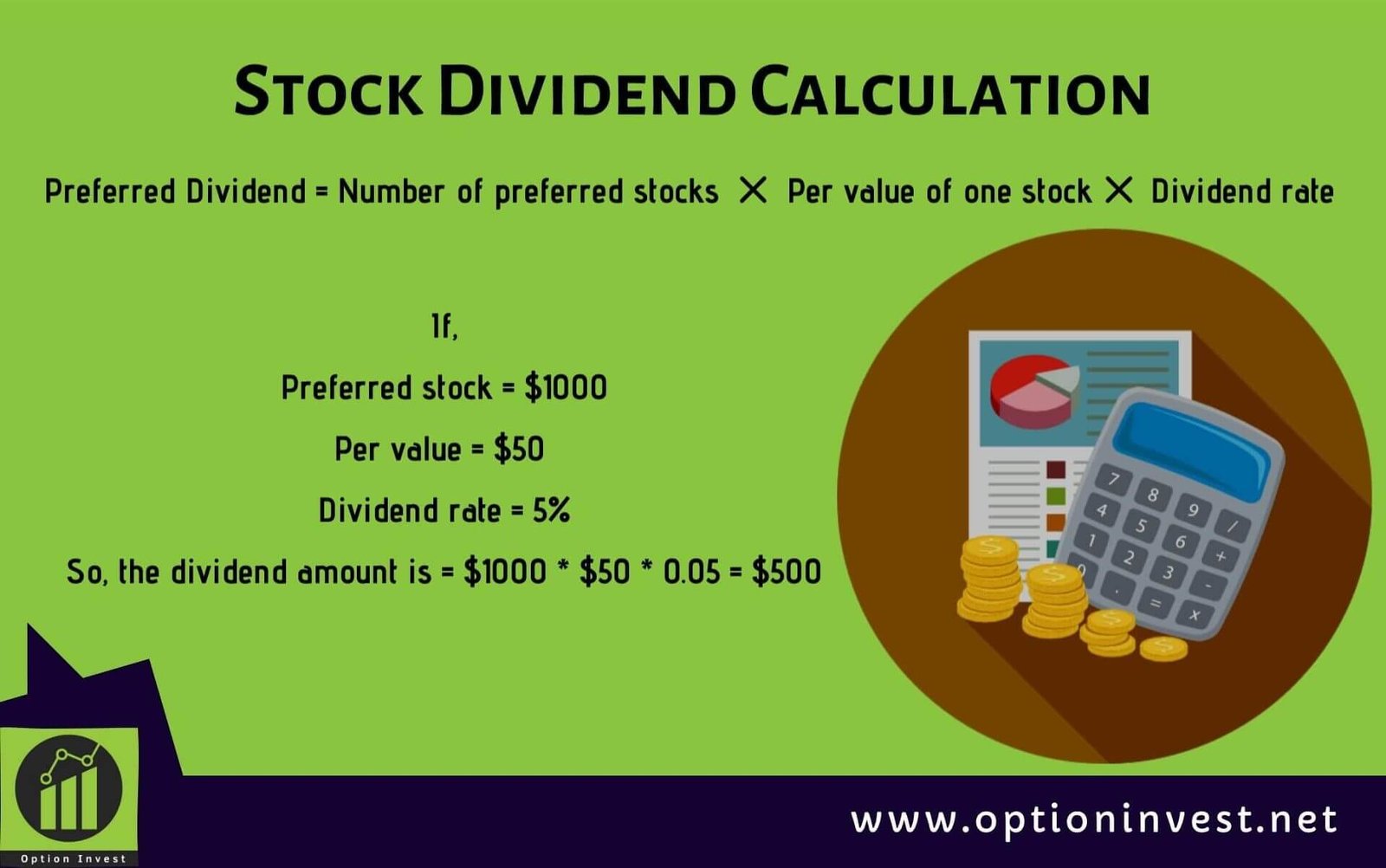Preferred stocks have long been a popular choice for investors seeking stability and consistent income. These unique securities offer a hybrid between common stocks and bonds, providing shareholders with regular dividends and higher priority in the event of bankruptcy. In this article, we’ll take a closer look at the historical performance of preferred stocks, helping you understand their potential benefits and risks.
1. Steady Income: One of the primary reasons investors turn to preferred stocks is for their reliable income stream. Preferred shareholders receive fixed dividends that are typically higher than those offered by common stocks. This predictable cash flow makes them an attractive option for conservative investors looking for stable returns.
2. Interest Rate Sensitivity: Like bonds, preferred stock prices are influenced by changes in interest rates. When interest rates rise, the value of preferred shares tends to decline as new issues with higher yields become more appealing to investors. Conversely, when interest rates fall, existing preferred shares may increase in value as their attractive dividend yields become relatively more appealing.
3. Lower Volatility: Compared to common stocks, preferred shares generally exhibit lower price volatility since they are less sensitive to market fluctuations. This lesser volatility can be attributed to the preference given to these shareholders over common stockholders during dividend distributions or company liquidation events.
4. Limited Capital Appreciation Potential: It’s important to note that while preferred shares provide steady income, they typically do not offer significant capital appreciation potential like common stocks do. The focus here is primarily on generating fixed dividend payments rather than growth in share price.
5. Diversification Benefits: Including preferred stocks in your investment portfolio can add diversification benefits due to their unique characteristics compared to other asset classes like equities or fixed-income securities such as bonds or Treasury bills.
6. Historical Performance: Over the years, historical data has shown that the performance of preferred stocks has been relatively stable compared to other asset classes during different market conditions including economic downturns and financial crises.
7. Risk Factors: While preferred stocks can provide stability and income, they are not without risks. Investors should be aware of factors such as interest rate fluctuations, changes in credit ratings, liquidity concerns, and the issuer’s financial health when considering this investment option.
8. Tax Considerations: Preferred stock dividends may be subject to different tax treatment compared to common stock dividends. It’s always wise to consult with a tax professional or financial advisor to understand the tax implications specific to your situation.
In conclusion, historical performance suggests that preferred stocks can play a valuable role in an investor’s portfolio by providing steady income and lower volatility compared to common stocks. However, it is essential to carefully evaluate the risk factors associated with preferred shares before investing. As with any investment decision, conducting thorough research and seeking professional advice is crucial for making informed choices aligned with your financial goals.

